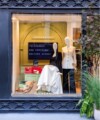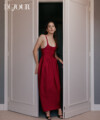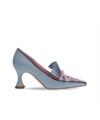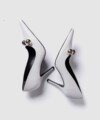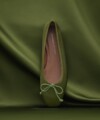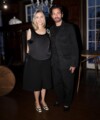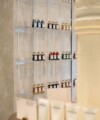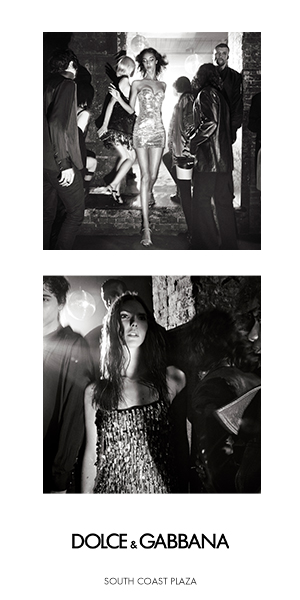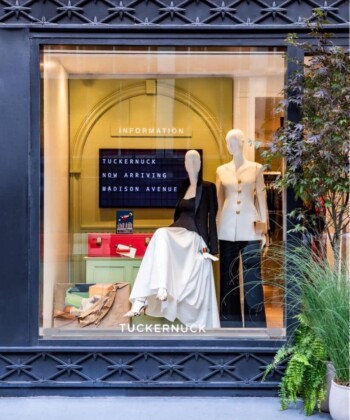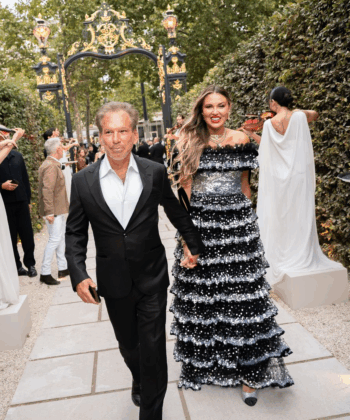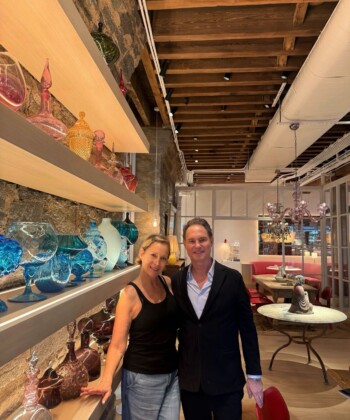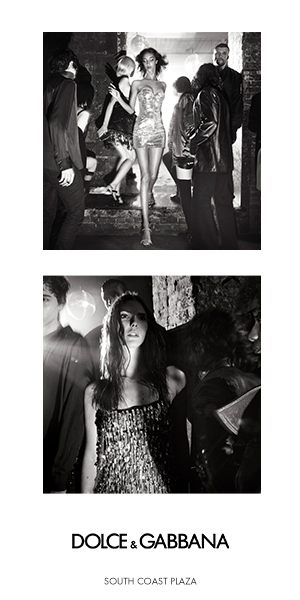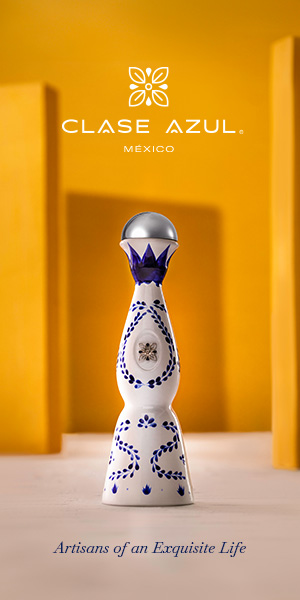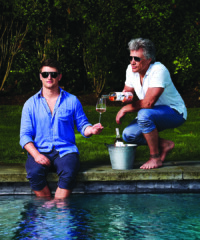Artist Ai Weiwei’s trio of massive $1 million gold crystal chandeliers shaped like upside-down wedding cakes glisten in the lobby of the Fontainebleau, the famed luxury hotel that time and again has defined Miami Beach. A white marble floor is decorated with black marble bows. Plump fluted columns disappear into illuminated “cheese holes” in a ceiling swirling with curves. Since it opened in 1954—and beyond a billion-dollar renovation a decade ago—the Fontainebleau hotel remains a multifaceted marvel of this seaside city.
“Fontainebleau has played an important role in the history of Miami Beach, dating all the way back to 1952—when the hotel’s original owner purchased Harvey Firestone’s mansion in order to build the hotel,” says Philip Goldfarb, president and CEO of the Fontainebleau. Price for the oceanfront estate: $2.3 million.
Ben Novack, the original owner and developer of the property, hired Morris Lapidus, a former shop designer “now known as one of the most iconic architects, to design the hotel,” Goldfarb says. “Lapidus’s distinctive curvilinear design of the Chateau building is a known Miami Beach landmark to this day—it was even named a Florida’s Best Building from 1912 to 2012 by the American Institute of Architects.”
Lapidus placed the hotel’s 11 stories southeast on the 20-acre site to capture refreshing trade winds, adding arches with Swiss cheese–like holes on the Versailles building facade. Besides a 17,000-square-foot main lobby and a grand ballroom seating 1,000, the original 554-room hotel incorporated chic shops, Turkish and Russian baths, a post office, and stock brokerage offices. In December 1954, Liberace entertained at the Fontainebleau’s grand opening, a $50-a-plate dinner dance for 1,600 guests. Groucho Marx declared the Fontainebleau the Eighth Wonder of the World.
Novack came up with the memorable name for his hotel while traveling southeast of Paris, passing through Fontainebleau, a town known for its opulent 12th-century palace. From the start, the Fontainebleau’s dramatic architecture, beguiling interiors, and sunny Florida landscape attracted a glamorous crowd, including stars and those who loved them.
“Women would arrive in gowns and fur coats,” making a beeline for the lobby’s grand “staircase to nowhere,” said Stephanie Giner, a hotel spokeswoman. Initially in front of a faux French mural, and now set against a glittering gold wall, the floating stairway “is purely there for making a grand entrance.” The bow tie–studded floors were Lapidus’s signature.
The hotel was the backdrop for movies including Scarface, Goldfinger, Lady in Cement, and The Bodyguard. “Fontainebleau was known for hosting iconic musical acts such as Frank Sinatra, the Rat Pack, and Elvis Presley,” Goldfarb says. A photo gallery celebrating Sinatra’s 20 years of crooning at Fontainebleau punctuates a hallway.
“This legacy is something we aim to keep alive—by continuing to host the legends of today through our BleauLive concert series,” Goldfarb says. “Fontainebleau played a major role in making Miami Beach into what it is today.” In recent years, Justin Bieber, Lady Gaga, Pharrell Williams, and Jennifer Lopez have performed.
After real estate developer Stephen Muss bought the property in 1978, the Fontainebleau was purchased in 2005 by the Soffer family. The hoteliers/developers invested about $1 billion in a stylish and sophisticated renovation while retaining many of the hotel’s signature elements. When the Fontainebleau reopened in 2008, two new luxury all-suite towers, Trésor and Sorrento, joined the original Chateau and Versailles buildings.
“Since then, we have continued to renovate the property in smaller projects—adding new restaurant concepts, updating guest rooms,” Goldfarb says. “We want to make sure we are offering the best guest experience and staying relevant.”
That means mingling old-time glamour, modern luxury, stunning design, contemporary art, music, fashion, and history. Fontainebleau has 1,504 rooms and suites; LIV Nightclub; 12 restaurants, including Scarpetta by Scott Conant, StripSteak by Michael Mina, and Hakkasan, a Chinese restaurant; seven boutiques; the 40,000-square-foot Lapis Spa; and an eye-popping oceanfront poolscape with 10 unique pools, 30 cabanas, and oodles of round daybeds.
Thanks to the Soffers’ passion for art, the Fontainebleau’s collection is “defined by a select number of world-class visual artists,” Goldfarb says. “Each of the pieces selected acts as a contemporary update of Morris Lapidus’s original designs.” Tracey Emin’s neon work I Followed You to the Sun beckons guests to stop and take a photo on the way to the pool. Michael Craig-Martin’s purple Untitled (sunglasses) “is eye-catching and adds a nice pop of color to the space.” Commissioned for the lobby, each of the James Turrell light pieces “slowly shifts through a constantly changing cycle of color themes and patterns.” Maarten Baas’s grandmother and grandfather clocks, with real-time videos in each face, “are incredible conversation starters,” Goldfarb adds.
This year, the Sorrento tower and iconic lobby bar, Bleau Bar, are slated for renovations. “Fontainebleau continues to be a place where people come to see and be seen,” Goldfarb says. “There’s always something going on here—you can feel the energy when you first walk in.”



